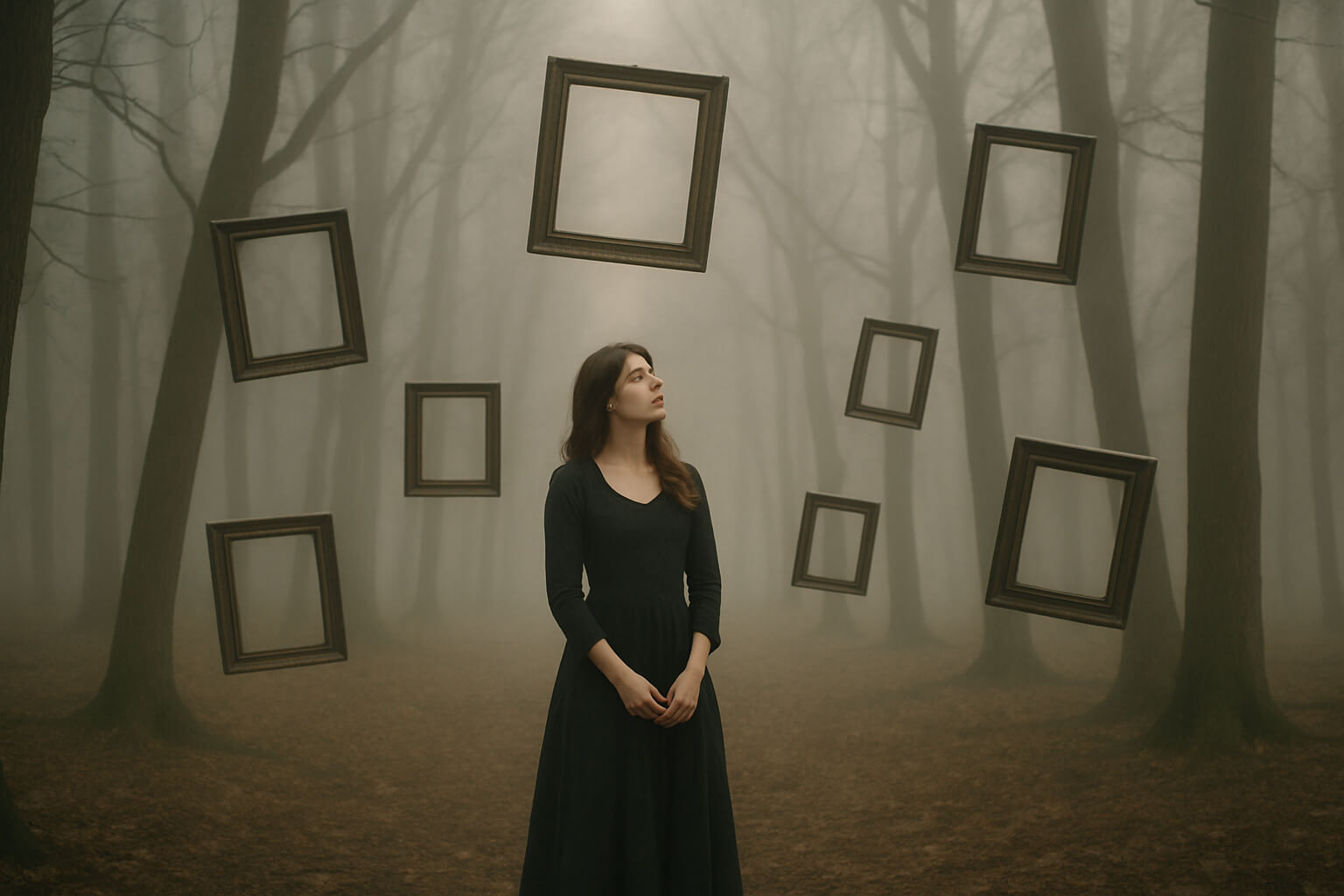May 30, 2025

Fine art photography transcends the conventional purpose of simply capturing what’s in front of the lens. It is a deeply personal and imaginative form of visual storytelling, where the photographer isn’t just documenting reality but instead expressing an idea, emotion, or perspective. Every shot is crafted with intention, often blurring the line between photography and traditional fine art disciplines like painting or sculpture.
This genre invites viewers to pause, reflect, and connect with the imagery on a much deeper level—making it one of the most evocative and rewarding forms of photography.
At its heart, fine art photography is about deliberate artistic intent. Unlike photojournalism or commercial photography—where the goal is to inform, advertise, or record—fine art aims to convey a specific vision or concept that originates in the artist’s imagination.
Each element of a fine art photograph, from lighting and composition to subject matter and editing, is meticulously planned to serve a bigger idea. The final image becomes not just a picture, but a visual expression of thought, emotion, or commentary.
Many fine art photographers use their work to explore existential themes, personal identity, nature, surrealism, and even socio-political messages. It’s less about realism and more about creative interpretation.
Fine art photography is defined by several distinctive qualities:
For newcomers looking to build foundational skills in lighting—one of the most vital tools in fine art creation—explore this beginner’s guide to studio and creative lighting for essential insights.
Fine art photography leverages a wide range of techniques that push creative boundaries and challenge traditional norms:
1. Double Exposure : This method overlays two images into one composition, resulting in surreal, dream-like effects. It's especially useful for conveying abstract ideas or emotions that go beyond literal representation. Whether combining human forms with landscapes or blending textures and shadows, double exposure can add poetic depth to your images. Learn the process step-by-step in how to create artistic double exposure photos.
2. Split Lighting : Split lighting involves illuminating one half of the subject’s face or object while leaving the other half in shadow, creating a dramatic sense of contrast and mystery. This technique enhances mood and tension—making it ideal for portrait-focused fine art work. Discover its artistic potential in what is split lighting in portrait photography.
3. Color Grading and Correction : Color plays a vital role in shaping the emotional impact of a photograph. While color correction ensures natural tones and balances, color grading takes creative liberty—adding a stylized look to match the intended atmosphere. Whether you're aiming for a moody blue tint or a warm, nostalgic palette, mastering the difference is crucial. This color correction vs. color grading guide breaks it down clearly.
While great art can be created with any camera, having the right tools can significantly enhance your ability to realize your vision in fine art photography. Look for cameras with:
If you're just starting out and unsure which equipment suits your style and goals, refer to this in-depth resource: best cameras for professional photography beginners in 2025.
Digital technology has revolutionized fine art photography, opening up new realms of creativity and precision. Photographers can now experiment with:
Whether you're enhancing a current project or reviving older images, these resources will support your creative process:
In a world saturated with snapshots and scrollable content, fine art photography offers something rare and enduring—intention, depth, and emotional resonance. It bridges the gap between artistic vision and visual storytelling, encouraging viewers to see beyond the surface and reflect on meaning.
Fine art photography is often displayed in galleries, published in fine art books, or sold as limited-edition prints. Thanks to the internet, artists can now share their work globally and even turn their passion into a profitable career.
If you're looking to take the next step, learn how to price your photography services and explore platforms like these photo-selling websites to showcase and monetize your art.
Fine art photography is not just about taking pictures—it’s about expressing your inner world through a visual medium. It's where your imagination takes the lead, and your camera becomes the brush that brings visions to life.
Whether you're an aspiring artist or an experienced professional, the journey into fine art photography is an invitation to slow down, explore your creativity, and leave a lasting impact on your audience.
Start with intention, experiment boldly, and let your story unfold—frame by frame.
Stay up to date with the newest tips, gear reviews, and step-by-step guides to elevate your photography journey from home and beyond.